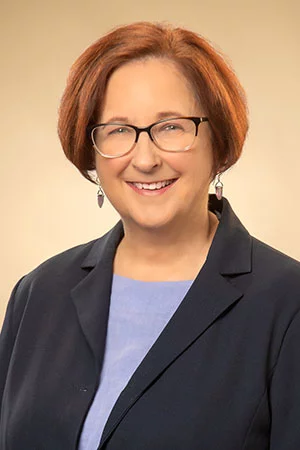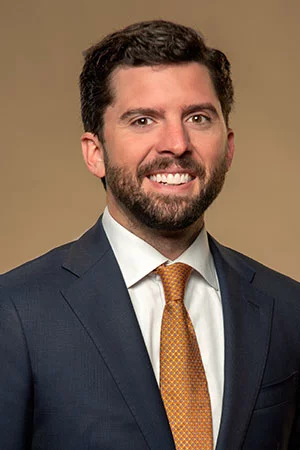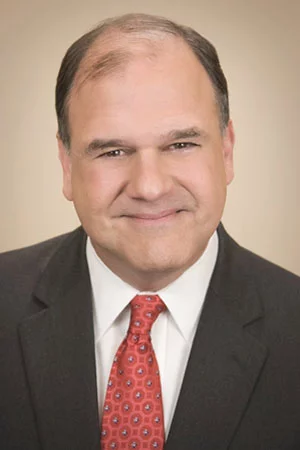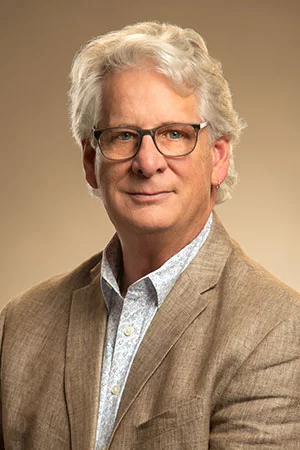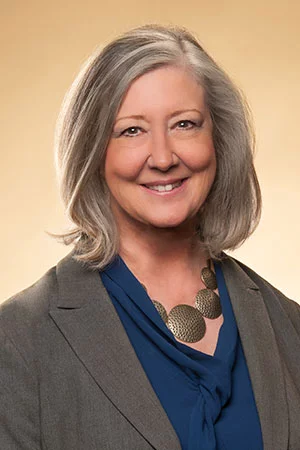The road to Cumberland Heights is one of beauty, tranquility, and healing. As you make your way down River Road, a winding road through the foliage-rich landscape bordering the Cumberland River in Nashville, you’ll quickly find yourself forgetting the hustle of the city. Just a few miles down the road, you’ll see a white wooden fence marking the entrance to Cumberland Heights. A magnificent archway comes into view as you pull into the drive and that’s when you know. You’re home.
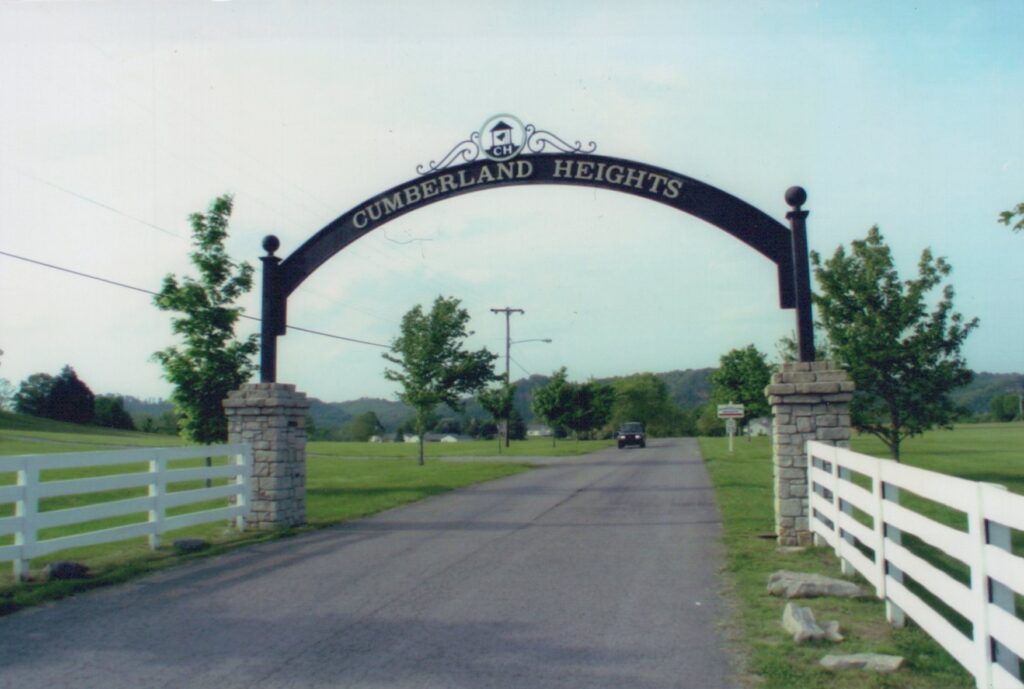
A beautiful, stone archway greets all of those who arrive onto the River Road campus of Cumberland Heights, welcoming them to a nationally recognized drug and alcohol treatment center, and transporting them to a place of healing, transformation, and renewal.
AN ARCH, A SYMBOL
It’s likely you’ve seen one of the many famous archways making their statement in key places across the globe. Whether it’s the St. Louis Gateway Arch, the Arch of Constantine in Rome, or the Arc de Triomphe in Paris, all have one thing in common: they’re monuments of architectural beauty, and carry rich historical and symbolic meaning.
Archways can represent many meanings, from strength, stability, and longevity, to triumph, victory, and hope. Doesn’t it seem fitting then that Cumberland Heights marked its entrance with an archway?
Interestingly, the key to an arch’s strength lies in its shape. The shape of the arch distributes the load of the monument, preventing any one point from becoming overstressed and causing a collapse.
The same applies to our own lives and especially to those who are battling addiction. In order to maintain emotional stability and mental strength, we must distribute the weight of our anxieties, addictions, and burdens and rely on those in our communities.
When we take on too much at any one point, we become overstressed, overwhelmed, and more prone to collapse. Whereas when we distribute our weight and responsibilities evenly, we can handle more, stand more secure, and be more resilient in the face of challenges.
Among the many meanings associated with arches, perhaps the most captivating is the idea of connection and unity. Archways are seen as a passage that connects two spaces, two worlds, or even two individuals. Arches transcend their physical form and represent a connection between different worlds or aspects of our lives, leaving the difficulties of the past behind and stepping into a brighter future.
THE WOMAN BEHIND THE ARCH
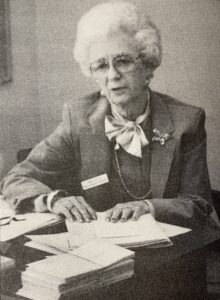 Before an archway on the Cumberland Heights campus came to be, there was a woman with a heart for recovery, a passion for family, and a spirit of tenacity.
Before an archway on the Cumberland Heights campus came to be, there was a woman with a heart for recovery, a passion for family, and a spirit of tenacity.
A director of pre-school education for 17 years before entering the rehabilitation field, Ginny Alston was well-seasoned in the importance of family relationships. She was a familiar figure in the treatment community, an active member of Al-Anon, and a regular speaker on the Cumberland Heights campus, where she lectured on the importance of treatment for family members of addicted individuals.
She credits Cumberland Heights as the place where her husband’s recovery really got underway – a process which, with her own work in Al-Anon, enabled them to regain their relationship and their roles as parents.
For years, Ginny was a member of the Mid-Cumberland Council and was trained in family counseling at the University of Missouri, where she obtained a framework for understanding the disease process and became involved in helping families suffering from addiction.
A FAMILY PROGRAM
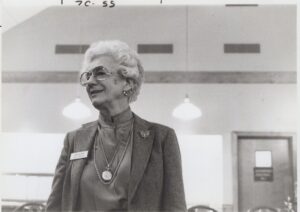 Shortly after returning to Nashville from Missouri, Ginny received a call inviting her to join the board of the Cumberland Heights Foundation and to subsequently begin a family program there. In 1978, Ginny co-founded what is known today as the family program, one of the most important programs in the history of Cumberland Heights.
Shortly after returning to Nashville from Missouri, Ginny received a call inviting her to join the board of the Cumberland Heights Foundation and to subsequently begin a family program there. In 1978, Ginny co-founded what is known today as the family program, one of the most important programs in the history of Cumberland Heights.
For over 40 years now the family program has been part of the renewal of life that occurs along River Road. According to Ginny, “There is no way for a family to heal and reestablish healthy relationships if a patient begins recovery, but the family members do not.”
Ginny went on to receive the Outstanding Community Service Award in 1983 from the Mid-Cumberland Council. An article in The Tennessean noted, “Alston’s work with families experiencing the pain and confusion of living with an alcohol or drug abuser has offered hope, understanding, and tools for recovery to hundreds of persons.”
Check out a short clip of Ginny in action as she leads a training in our family program:
AN ARCH AS A GATEWAY
In 1992, Ginny was diagnosed with ovarian cancer. Having served at Cumberland Heights for over two decades at that point, she had found a home at the treatment center and would often pull herself out of chemotherapy just to be on campus. As she neared the end of her cancer battle, Ginny made it known that she wanted to donate money toward building an archway at the entrance to the River Road campus. Her daughter, Tina Alston, recalled that her mother would often laugh to herself when people spoke about “coming through the gates” of Cumberland Heights, as there were no gates.
Ginny made a personal donation of $15K to Cumberland Heights to go toward the building of an arch, and it was built shortly after Ginny’s passing in 1996. According to her daughter, Ginny made her donation with the symbolic nature of the gate in mind. She knew that other treatment centers often used the term “graduation” for patients who had completed treatment, and rightfully so. (They have much to be proud of!) But Ginny knew that relapse was possible, even inevitable for most, and that “passing through the gates” upon completion of their program was merely the beginning of a new season.
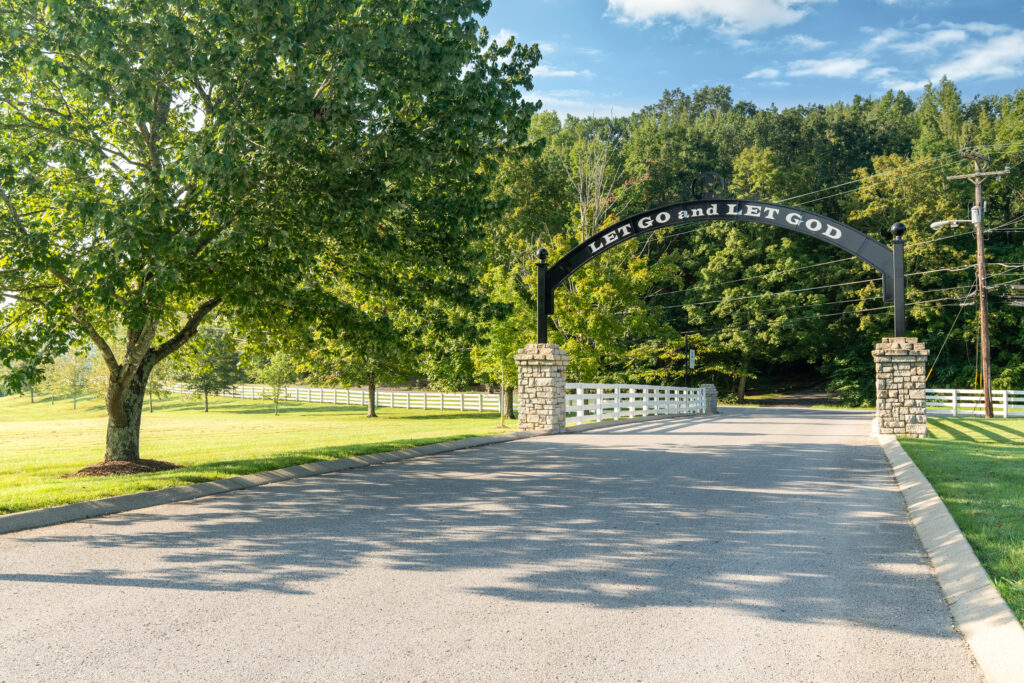
LET GO AND LET GOD
As a nod to Ginny and her work with Al-Anon, the phrase “Let Go and Let God,” was added to the back of the stone archway, completing the monument.
According to those who knew her well, “Let Go and Let God” was a mantra often used by Ginny. In Hope for Today, we discover that when we let go and let God work in our life, “the pendulum that swings between the black-and-white of obsession and indifference finds balance in the peaceful colors of serenity.”
How Al-Anon Works for Families & Friends of Alcoholics tell us that this slogan “gives us permission to replace stress, worry, and suffering with serenity and faith.”
Today, everyone who leaves the River Road campus drives underneath this inspirational phrase, whether it be a patient, visitor, or staff member. Many would say it is surreal to be physically driving out of campus while simultaneously reading the phrase “Let Go and Let God.”
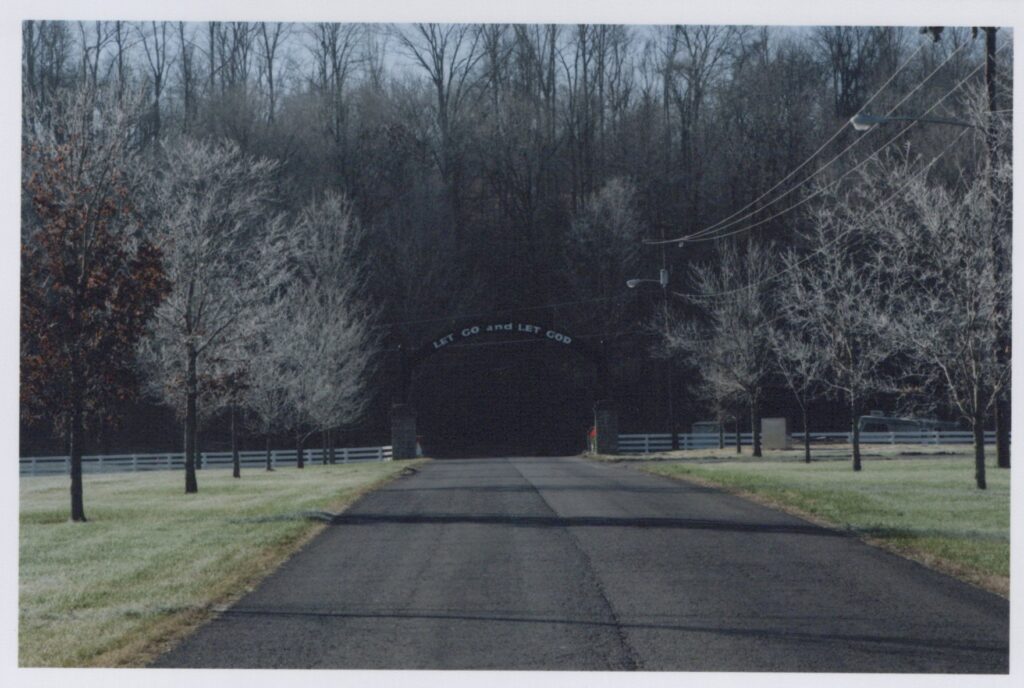
According to Cumberland Heights Chief Executive Officer Jay Crosson, “Driving out and seeing ‘Let Go and Let God’ is a reminder that our work here is important. For families that just dropped off their kid here, it is a reassurance that they left them in a good place. It is also a reminder to them that they must turn things over to a higher power.”
Over the years since its existence, people have come to know Cumberland Heights for its archway, and have been inspired by passing underneath it. In fact, it has become a popular photo opportunity for visitors of the campus.
A NEW ARCHWAY
When the Cumberland Heights staff began dreaming of a new campus for our adolescent program, they met with marketing consultants and began brainstorming what the name should be. They knew they wanted the name to be linked to our River Road campus and represent recovery for adolescents. The name, “Adolescent recovery at Cumberland Heights,” seemed fitting and became the name for the program. Known in short as ARCH Academy.
Donors John and Alec McDougall, father and son, of John McDougall Company Inc. donated the steel that was used to build the archway, which now welcomes adolescents into treatment at ARCH Academy in Kingston Springs.
It was the Cumberland Heights way of linking the old with the new, and again representing the transition of entering into a new phase of healing as one passes through the arch, and entering into a new season of recovery upon exiting.
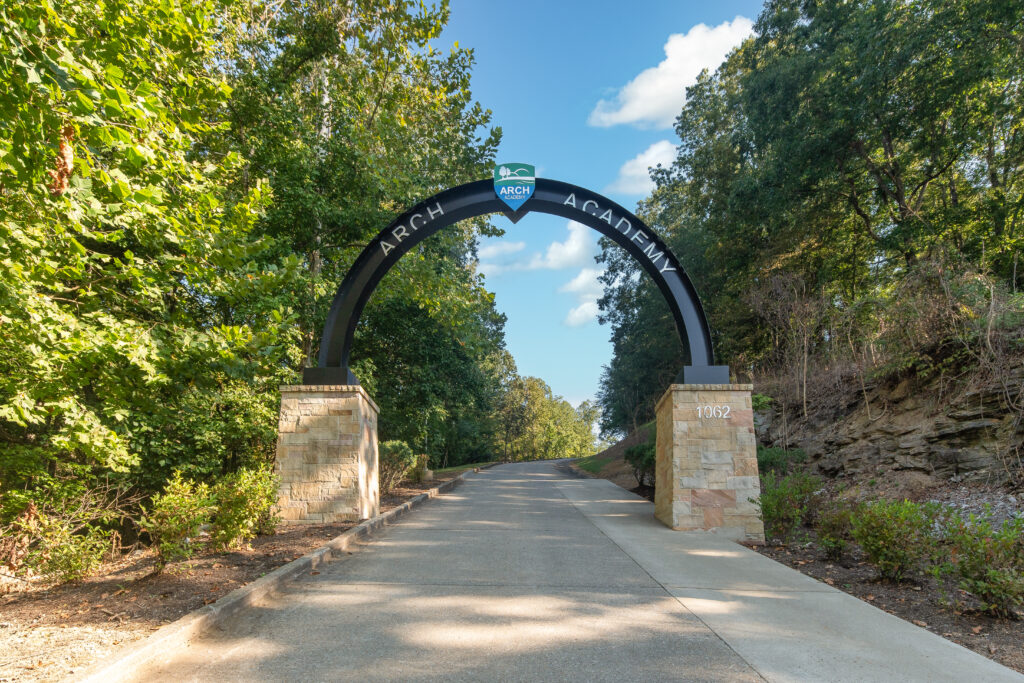
THE WAY FORWARD
When we reflect on how the arch at Cumberland Heights represents what we do as an organization, we cannot help but think of it as an icon. An icon of hope, transformation, and a brighter future.
We are a non-profit organization founded on the 12 steps of recovery. Passing through the arch is an act of leaving behind a life of despair and disease and entering into a new journey of recovery.
Unlike a gate, the arch cannot be closed. When patients leave Cumberland Heights, our hope is that they feel a sense of accomplishment for the strides they’ve made in treatment. They are leaving a place where transformation was optional, learning was required, and growth was mandatory.
If Cumberland Heights had a gate, one could argue that it would always be open. Instead, we have an archway, open and welcoming to all. The arch is a monument that stands to welcome those who are new to treatment or entering back into it upon relapse, and to our beloved alumni who simply want to come back home and pay a visit. But let’s not forget the power of passing back through the archway and onto River Road, leaving behind lessons learned, obstacles overcome, and victories won.
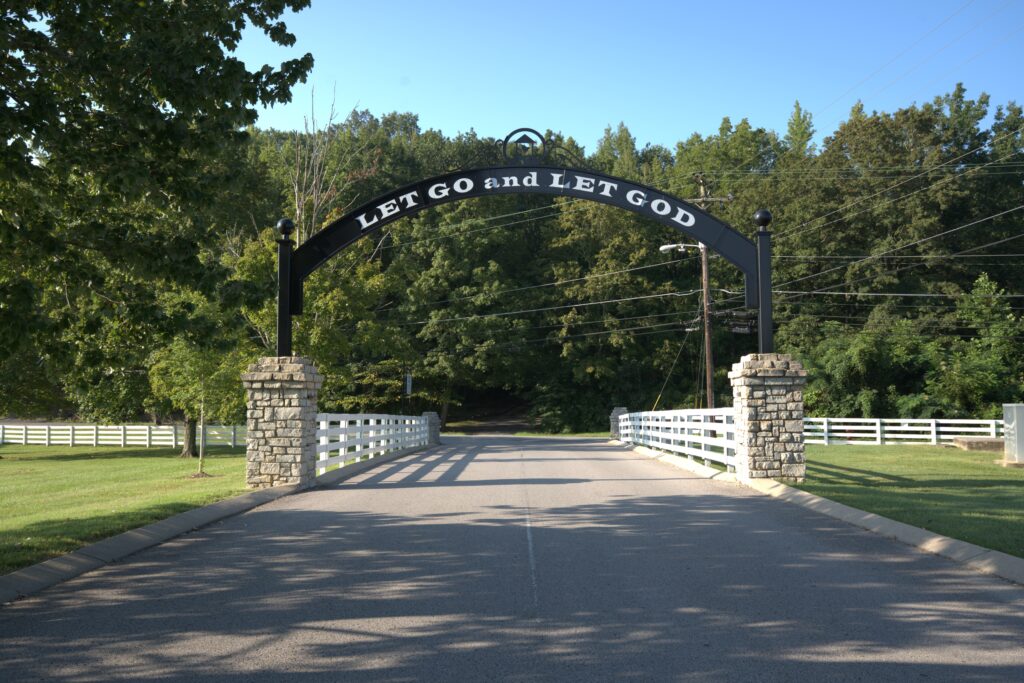
The legacy of Ginny Alston, without whom the arch may never have come to be, lives on through our family program and the iconic archway. As one of our executive staff recalled, “[Ginny] was an all-around wonderful person. She always said the archway was as much for the people who worked here, as it was for the patients and families.”
We believe our staff echo these sentiments and recognize the beauty of the campus and the feeling that this is a healing, spiritual place.
Nestled on our picturesque campus, Cumberland Heights is more than just a place; it’s a beacon of hope and a sanctuary for recovery. Let the arch inspire you to take the first step toward a brighter future.

